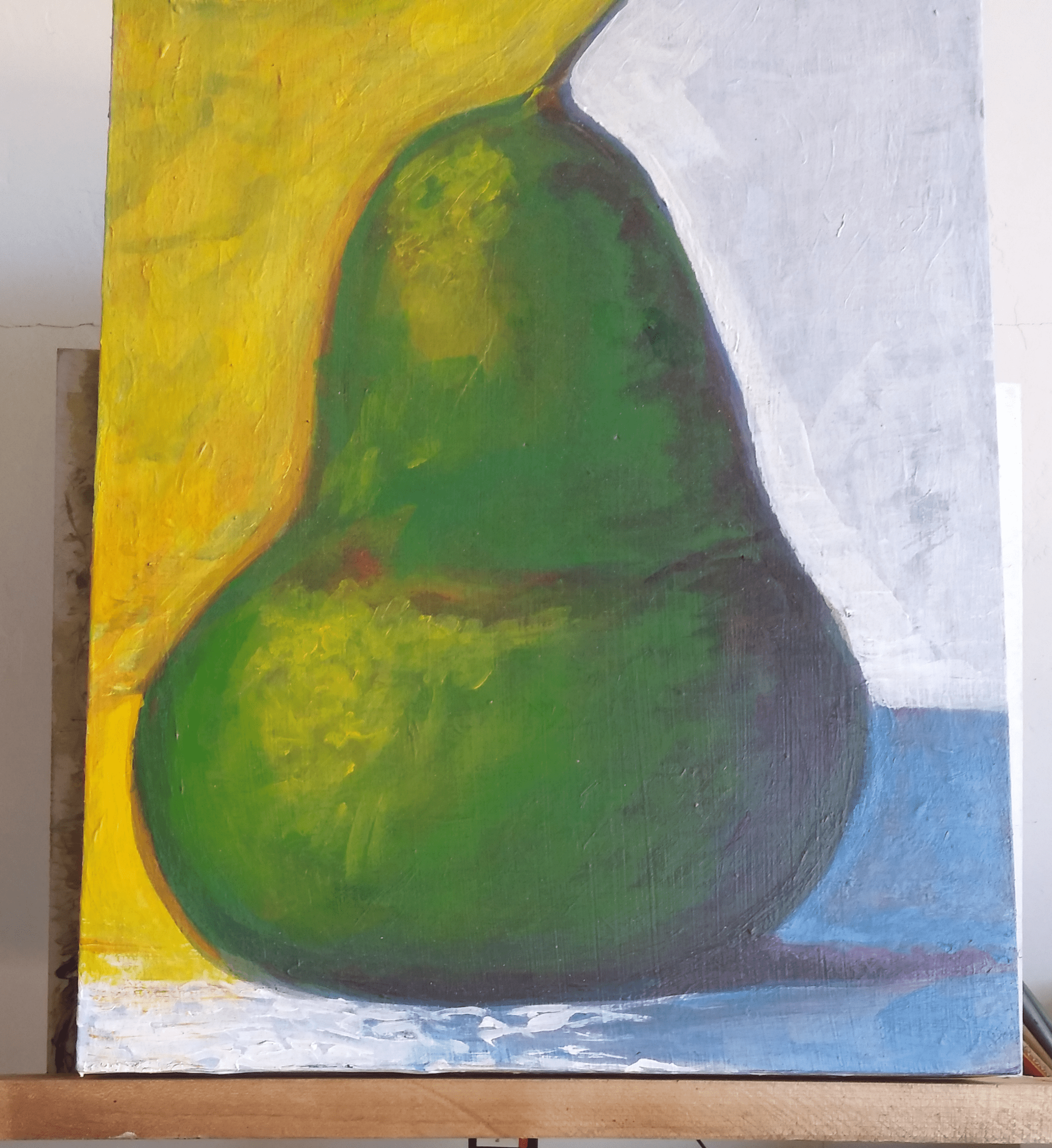One sensitive subject discussed by patients is the subject of bathing while having a wound. This would seem like a straightforward subject. However, it could be considered a sensitive subject, for various reasons. Patients are motivated to bathe, there is conflicting information regarding exposing a wound while bathing, and as a very famous wound professor has stated, “not everyone is a woundologist”. The result? Conflicting advice.
Exploring This Subject
The first thing to consider, not all wounds are the same. So, a general statement regarding “wounds” is a bit misleading. For example, surgical wounds are created under sterile conditions. Chronic wounds are ones that have been open for an extended period of time. Surgical wounds are created then “closed”, the wound edges close or “heal” with the help of staples or sutures-generally speaking. Surgical wounds, if heal according to plan, are wound edges that have closed the wound by healing the surgical edges together. Normally, one would expect this to occur in a relatively short period of time.
Another factor to consider is the patient’s health. Wound healing is related to a person’s overall health. Some people heal in a short period of time, while others do not. Factors like underlying health conditions, circulation, nutrition, infection, mobility and so on are all factors affecting healing.
Why is This Important?
It is important to note that wound healing is a complicated series of events. Most people are unfamiliar with the process because most people heal as expected, in a relatively short period of time. It’s not given another thought. It’s when wounds don’t heal as expected, that it becomes apparent that healing can be a complicated matter.
It’s important to Differentiate Types of Wounds and the People Who Get Them
Healthy people with no chronic health conditions that get a minor wound or have an uncomplicated surgical wound, have far better healing rates and healing times than a patient with chronic health conditions and a chronic wound.
A chronic wound is a wound that has been open for an extended period of time. Some patients have recurrent wounds, wounds that heal and come back over and over again. Other patients have wounds that are difficult to heal and are present for extended periods. Some have wounds that literally last for years. Two prime examples are diabetic foot wounds and venous stasis ulcers.
NARROWING THE FOCUS
THE SURGEON
Surgery involves procedures performed by a highly trained and skilled physician. The surgeon is in the lead role for anything regarding that particular surgery. This includes the management of the surgical incision. Generally, any dressing orders and care of that incision, comes from the surgeon that performed the surgery. Individual surgeons have preferences regarding their surgical sites. Some will not allow patients to get the surgical site wet, while others will. Some will allow it after a period of time has passed, while some will allow getting the incision wet only after the staples/sutures are removed. It is up to the surgeon, and this can vary.
This can cause confusion among patients/families that compare different surgeries they have had in the past. People tend to compare notes, and this is no different. Someone may have a friend or neighbor that was allowed to take a shower after surgery. The take home message remains, it is up to the individual surgeon. A note here is that each surgeon has a history of experience. They arrive at making their decisions based on many factors. Factors that may not be obvious to a passive observer.
TAKE HOME MESSAGE
Remember, it’s the surgeon who is the authority of that surgical incision. Meaning, questions regarding bathing or getting an incision wet should be directed to the surgeon that performed that particular surgery-not the internet or Aunt Martha.
THEY LEFT A PARAGRAPH OUT TAKING A SHOWER WITH A WOUND
The paragraph that is often left out of the conversation regarding taking a “bath “involves forgetting to mention to keep the wound and the wound dressing dry during bathing.
Dressings, unless specifically designed as “waterproof” are not waterproof. Meaning, if the nonwaterproofed dressing gets wet, so does the wound.
When one thinks about this, it makes perfect sense. Some patients who have treatments that involve keeping a wrap on for compression during treatment, sometimes a week at a time, have a very common complaint-they can’t take a shower with the wrap on. Yes, there are devices that can be wrapped around the legs to keep them dry-good luck finding a technique that works well. Another example are patients that have chronic foot wounds-difficult to heal wounds on the feet.
When a person, who has any kind of open skin, this means the body’s natural defense, called skin, has an “opening” or a breach. In other words, a doorway for all kinds of germs to be introduced to the wound. One of the many functions of your skin is protection-a natural barrier to your environment.
The “Graphic” Paragraph That is Left Out.
Chronic wounds are at high risk for germ exposure. Specifically, when the skin has been compromised, “open”, the longer the wound is open, the greater the possibility of being contaminated.
A shower or bath is a space with germs. Think for a minute about a communal shower at a gym-great place to get athlete’s foot.
When a person stands in a shower, the water travels down the body collecting germs along the way-especially from the buttock/private areas-The water the person is standing in is literally contaminated water. If you add the use of reusable bathing cloths, the exposure to germs skyrockets. May consider, that unless the bathing space was disinfected, the last person to bathe is standing in all previous occupant’s….
The Practice of Washing Wounds
Washing wound beds, especially chronic wounds, is a common wound care procedure. One goal for doing this is to “dislodge” bacteria, and nonviable tissue from the wound bed in order to help the wound heal. It also aids in other wound healing processes, that will not be detailed here. Specialized solutions, normal saline, and the like are used. Wound friendly solutions are used in order to keep the wound tissue from being damaged.
With chronic wounds, there is great evidence and research involving wound bed science. The research has shown that a chronic wound will develop a special coating along the surface called a “biofilm”. This biofilm is a major contributing factor affecting wound healing.
Take Home Point. What We do know
Chronic wounds can have this biofilm as well as resident bacteria. A quick explanation is the bacteria reside in the wound but doesn’t necessarily cause what could be considered an infection. The scientific definition of an infection is a complicated subject, especially when it comes to wounds. We do know that repeated exposure of wounds to bacteria can cause the wound to have many types of bacteria. Chronic wounds are notorious for having a variety of resident bacteria as well as a variety of drug resistant resident bacteria. All of which contribute to the slow healing of chronic wounds. Bacteria and biofilms are related and interactive.
Important Note Regarding Wound Infections
The typical signs and symptoms of an infected wound are redness, swelling, heat, and discomfort. This can vary. Diabetic patients, patients that have altered immune systems, or anyone taking immune altering medications, do not necessarily react to an infection with the same symptoms.
Diabetic patients with wounds may not experience these typical signs and symptoms of an infection. People who do not have diabetes or any autoimmune disorders or who are not on immune response altering medication, have typical redness, swelling, heat and pain in an infected wound. Diabetics, and those with autoimmune disorders, or taking immune altering medications do not have the same response to a wound infection. This is one reason that any one with diabetes, or person with an alteration to their immune system, especially one with a wound, any wound, regardless of how big, small or cause, should always be evaluated by a healthcare professional, sooner than later. Small wounds can be deceiving.
NOTE: Please discern the difference between chronic wound care and minor wounds.
Here is the Challenge: How to Bathe Without Getting a Wound Wet
What Not to Do: Not recommended that the skin around the wound be “taped”-this can cause further skin damage. There are silicone dressings that are more skin friendly and waterproof. Naturally, the other option is not to shower or submerge the wound at all until healed. Safety reminder: wearing a plastic bag on one’s foot in a shower or tub IS VERY DANGEROUS FOR SLIP AND FALL
Although cleansing of wounds should be a part of any wound care regimen, cleansing by shower or submersion in a tub, is, this author’s opinion, is quite different. The goal is to heal, and any variable that can be eliminated from this equation, should be seriously considered.
When to Get A Wound Referral
In the case of a chronic wound and any discussion regarding bathing, the treating healthcare professional is the one to ask. Nonhealing wounds should be referred to a wound care specialist if at all possible. Wound care specialist are “woundologists” and possess specialized training specifically for wound care.
Thank you for reading this blog. We would love to hear from you regarding this subject. Please don’t hesitate to respond.
The author, Amy Magnon, RN, BSN, CWON a board-certified wound nurse who has practiced for over 20 years, has seen terrific results when patients stop exposing their wounds/dressings when bathing.




